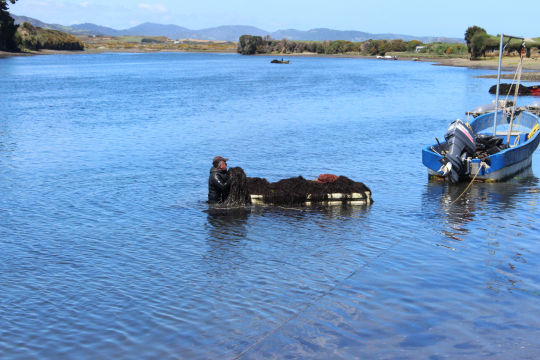The researchers evaluate the API's methodology by applying it to the production of mussels, algae, and northern scallops in Chile. They found differences in the aggregated performance and inputs between mussels and algae and mussels and northern scallops. However, they did not find differences in the outputs. The results suggest that mussel production has a higher level of sustainable inputs than the other production systems. This difference in inputs, however, is not fully reflected in output differences. they discuss possible explanations for our findings.
Abstract
We evaluate the Aquaculture Performance Indicators (APIs) methodology by applying it to three aquaculture production systems in Chile. Our analysis considers the production of mussels, algae, and northern scallops. Our basic analysis model is a production function framework where the performance outcomes result from the available inputs. We measured all API categories (outcomes and input metrics) and then grouped the metrics into different dimensions suitable for analysis. We obtained the value of each metric from various sources using expert evaluation and secondary information to calculate aggregated measures for each production system. We compared the results for each production system and tested the equality of matched pairs of observations. Then, we evaluate the performance of the three production systems using the frame of a separable multiproduct production function. We found statistically significant differences in the aggregated performance and inputs between mussels and algae and mussels and northern scallops. However, we did not find statistical differences in the outputs. The results suggest that mussel production has a higher (average) level of sustainable inputs than the other production systems. This difference in inputs, however, is not fully reflected in output differences. We discuss possible explanations for our findings.
Keywords: Aquaculture Performance Indicators, production systems, triple bottom line, sustainable aquaculture.



